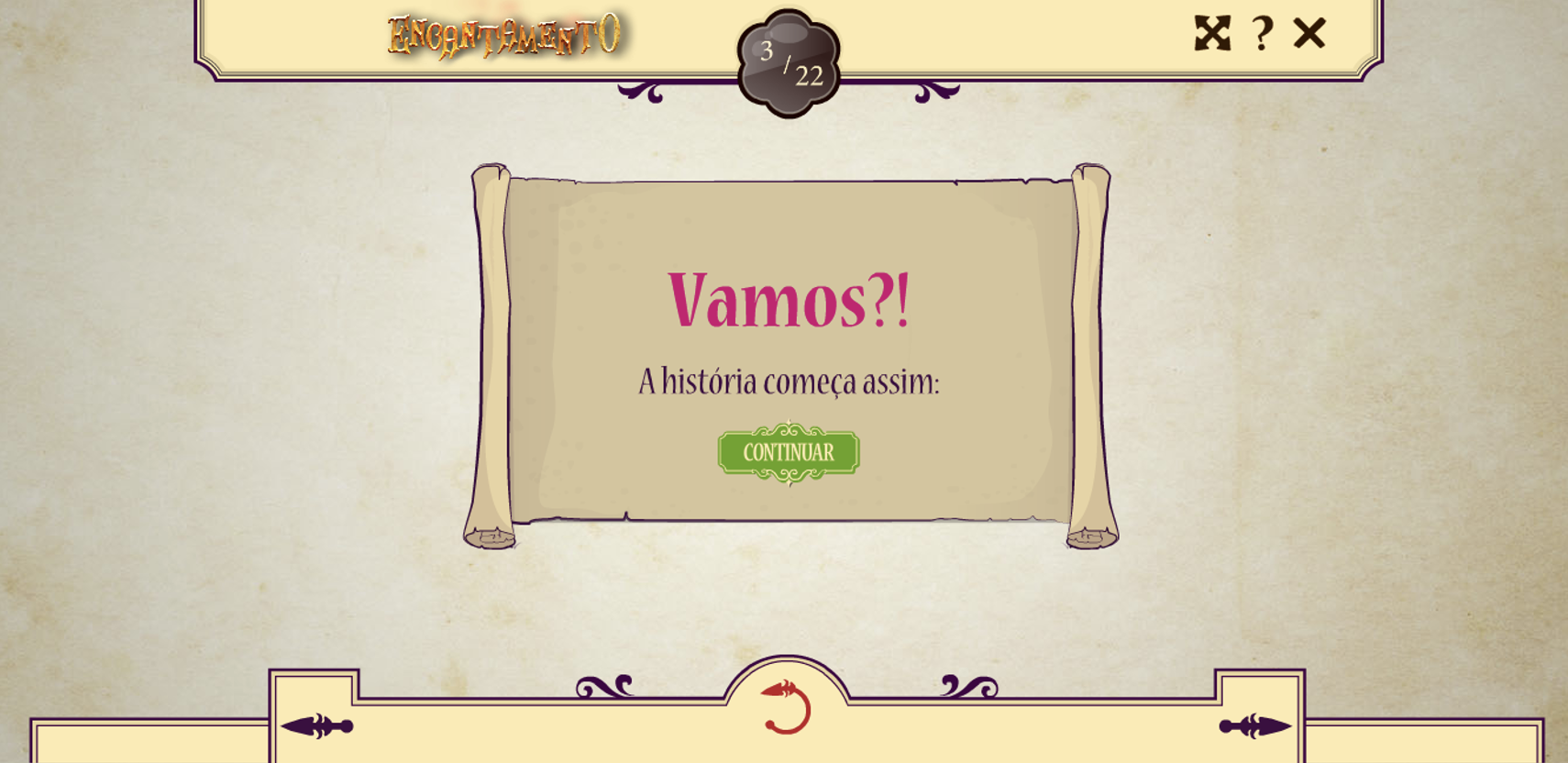Context & Problem
A pay television company was facing a very competitive environment and it was chasing a growth in subscriber numbers, and retention of existing ones. The service desk analysts typically offer the first touch point of contact with the client and their main responsibility is to deliver prompt and professional solutions for customer inquiries via phone, email, online chat and any other way of contact. To ensure the quality of this customer service, Net Promoter Score (NPS) was the key performance indicator, but the group did not have a comprehensive knowledge about what NPS was, how it was measured and how it could impact in their careers and, most importantly, in the business.
Process
The first step was mapping all the involved people on the initiative, their connection and influences on project goals. Once it was done, I started to understand how the analyst’s service desk routine was, that’s why I did three visits on their site to follow their day to day. In the beginning I understood their journey in a macro perspective (how their work started, the sevice, interaction with costumers, and how the day ended). Also, I had the opportunity to listen to the calls to feel the customers’ voices and see the analysts writing messages in real time. I did the same breaks and had lunch in the same place and time of the employees.
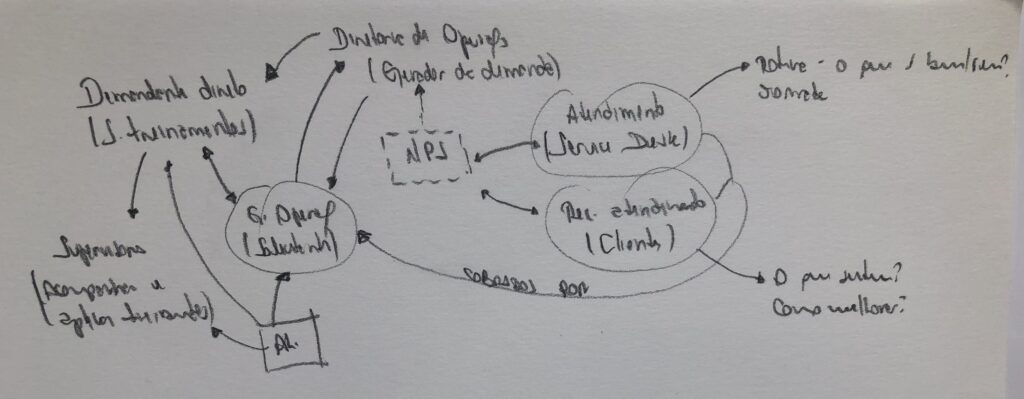
Connection map of job title, areas and subjects.
I noted that analysts spent a lot of time talking to dissatisfied customers. They also were under pressure (especially on the phone), within a very noisy environment – two points of pain they shared during the chats we had. They neither could understand why in some cases their service rates were not “five star”. Also, I observed the working conditions, for example: what type of chair, what kind of headset, if they did notes in papers or on the computer, how many calls they received per hour/day, the base they had to consult in case of doubts, how long time they could take to do a break. I did interviews about their pains, doubts, and desires, and took notes by myself.
Additionally to the visits, I asked the customer to send me examples of what were considered good and bad calls and discussed with him the most relevant points to understand why he had sorted in that way. An interview with the training manager and the head of the department also took place, as well a desk research involving subjects like customer service, call center, feelings for voice, the Disney way of customer support, among others.
Once I had the holistic view, I could understand that the big opportunity was to create a solution to increase the service desk analysts NPS understanding and performance and, consequently, the subscription service perception to increase subscription rates and quality.
Considering the analyst’s reality, frustrations and desires, also the business, I proposed a playful training, having in mind a moment of decompression, where they could learn but also have fun, similar to a role-playing game (RPG). I called it “Encantamento”, which means enchantment in Portuguese language.
I discussed my idea with my team, including other Designers, Developers and QAs what was welcomed. After organizing all the materials and explaining with a prototype why I was proposing that to the client, the idea was approved with some adjustments, including the participation of some interviewed people – involving people/stakeholders in the construction of my solution is one practice that I always do.


Prototypes.
Solution
Encantamento was an interactive training based in a virtual reality, a game to play in groups where they received a mission to recover a mantle used to pass by generation to generation the value of a good client treatment. To do it, they had to go through some obstacles in a maze.
In every step of the solution, the analysts had the context, explanation in a friendly tone of voice, had to discuss, understand and take actions. Also, they had a variety of material to explore like listen and evaluate different real phone calls, pay attention to some points/details, answer questions, watch videos. All of them were chosen considering the interviews and the people service journey.
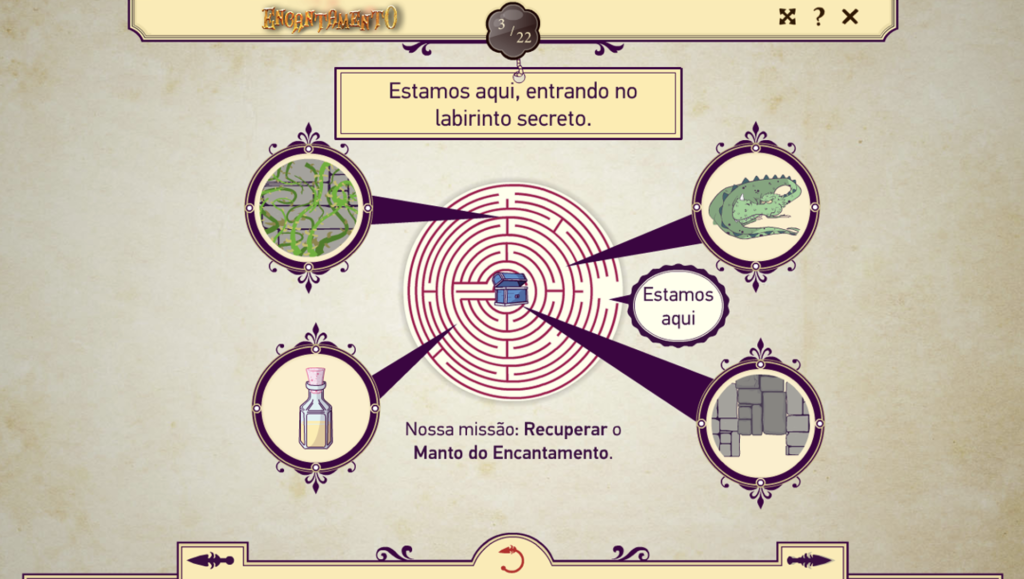
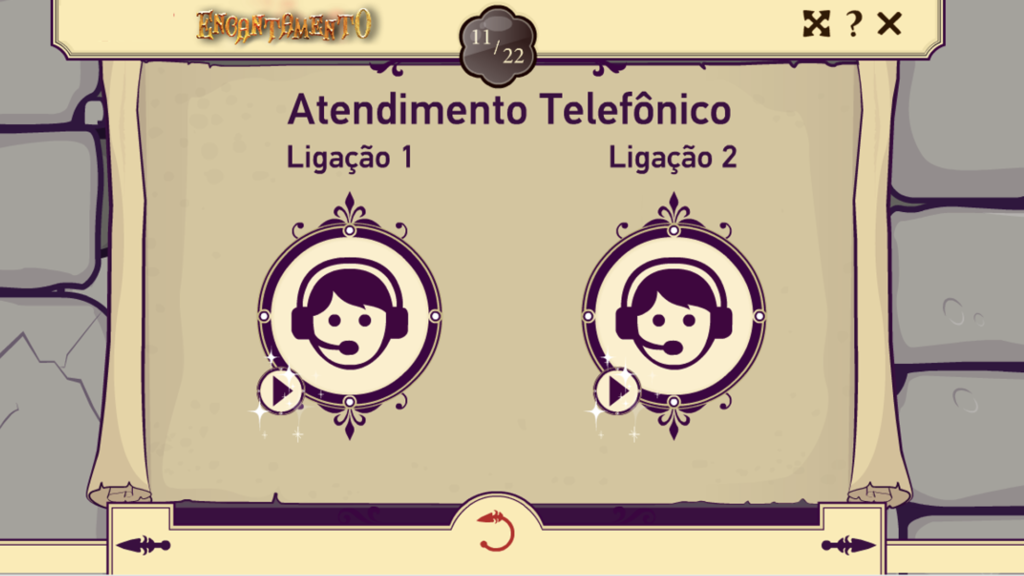
Final screens.
Results and Impacts
At that time, the project did not have a budget planned to follow-up the results. Nevertherless, positives narratives from the service desk analysts were received, the customer considered the project delivered and implemented this solution as part of the mandatory training to all new analysts of the company.
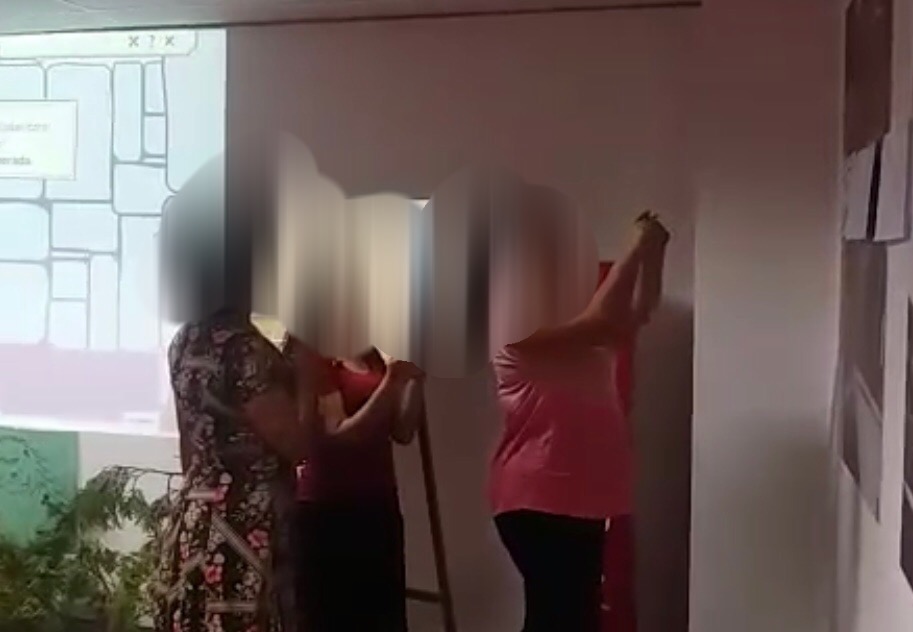
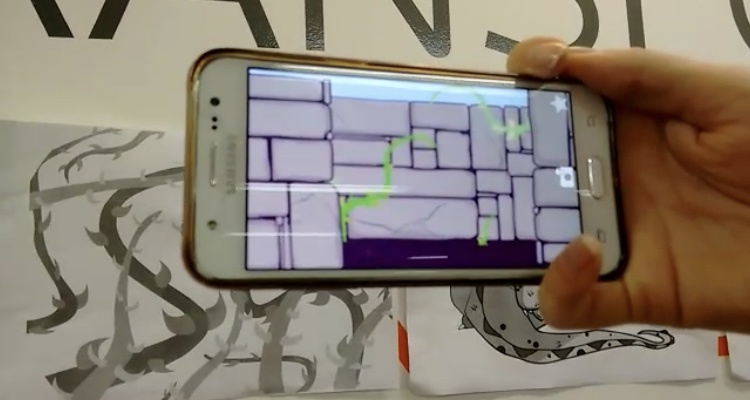

User’s during the training and the VR screens.

